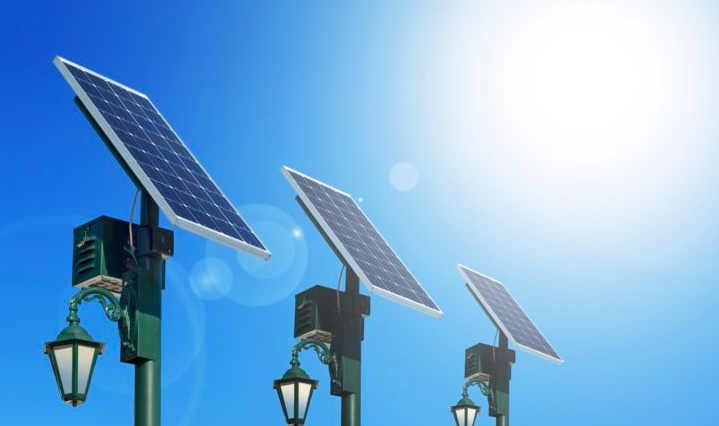Solar lights remain everyone’s consideration when fixing outdoor lights at your office or home. One reason is the ease of installation without requiring power connections or other tools. Of course, the solar panels directly power your lights and thanks to the inbuilt batteries, and they will remain functional at night. However, sometime your solar lights will stop working, making it very frustrating. Therefore, keep reading this guide to determine how to fix your solar lights when they are not working.
- Pull Tab in the Battery
Now, one reason leading to the solar light sensor not working is the pull tap placed on the battery. All recently purchased solar lights have an insulating element preventing battery consumption when stored or shipped. Ensure you check and remove the insulation to get your solar lights working. You have no reason to fret since following the instructions carefully is quite easy. Therefore, you must open your battery cover to remove the tabs.
- Faulty LED Bulbs
When your LEDs are not working, your solar panels cannot function. As usual, when the life span is out, even with an excellently working solar panel, sensors, and battery, you will not enjoy the solar lights. In this case, all you need to do is to replace the LED bulbs or buy a new solar light.
- Check all Microprocessors and Switches
Solar lights have automatic mechanisms for turning on and off. That is possible with the help of multiple inbuilt microprocessors and switches. Because of this, non-functional components make your solar lights not work accordingly. You can fix such likely issues by enabling all your solar light switches. In case the issue is unresolved, then follow your device’s instructions in the manual to reset the microprocessor.
- Inadequate Direct Sunlight
Undoubtedly, the sunlight powers your solar lights. Your device cannot work without enough sunlight to charge the battery fully. You can ensure the device functions properly by installing it in a sunny spot. That enables the battery to receive enough sunlight to charge for long-term use. Large buildings and trees around cast shades prevent the solar light from reaching your solar panels. However, this minimal direct sunlight reduced the efficiency at night and the ability to last longer. In addition, you can reposition or adjust your solar light angle based on your geographical place. That means even with the fog, clouds, or rain covering the sun and your device still receives enough sunlight.
- Dead Batteries
The inbuilt battery powers the solar light units at night. That is possible with functional batteries. Rechargeable batteries have a lifetime and stop working once the battery cycles are out. Considering this big decline in the charging capability and runtime, consider replacing your old batteries. Ensure the new units have the same voltage as the old ones.
Conclusion
This detailed guide on solar light sensor not working explores all the likely reasons for leaving you with no power. Most importantly, you can solve the issues easily working without replacing the existing ones. When you first experience solar lights, chances are you will not understand everything concerning their general functioning. However, considering their LED bulb elements, you will gladly appreciate the simplicity and ease of installing these lights. Apart from this, the inbuilt battery powers your lights and ensures functioning at night. You can make the process much easier by fixing the primary components to avoid the instance of no lights.









